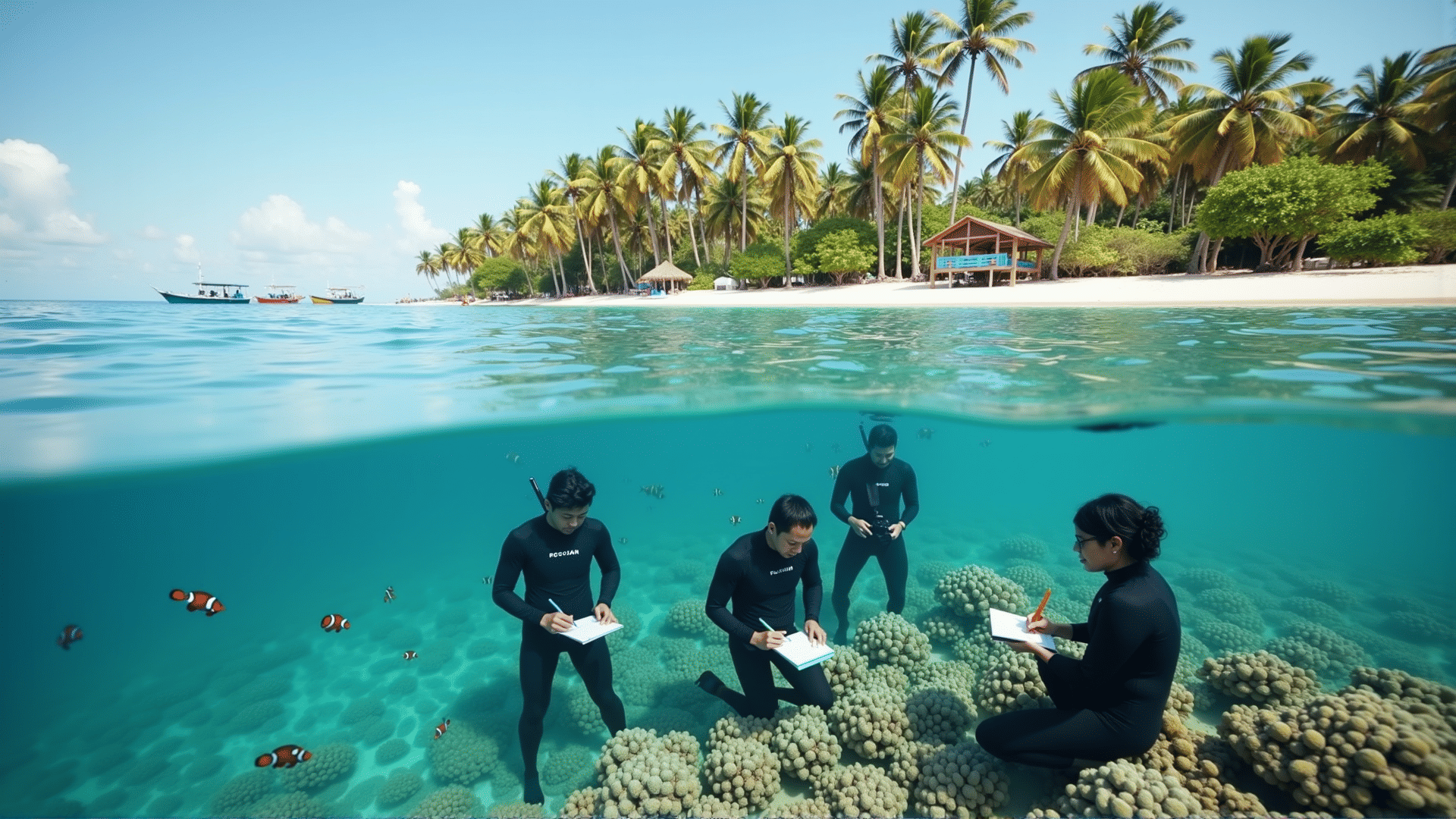The Philippines, an archipelago endowed with rich marine resources, has become a focal point for significant conservation initiatives aimed at safeguarding its diverse aquatic habitats. Emerging as a leader in marine preservation, the country implements a variety of innovative strategies to ensure the continued health and sustainability of its oceanic ecosystems.
One of the cornerstone strategies is the establishment of Marine Protected Areas (MPAs), which are designated zones where human activity is regulated to promote marine biodiversity and habitat recovery. These areas serve as sanctuaries for countless species, allowing them to thrive without the pressures of overfishing or destructive practices. As of recent years, the Philippines boasts over a thousand MPAs, some of which have shown promising signs of ecological rejuvenation.
Another key approach involves community-based conservation, which empowers local communities to take an active role in protecting their marine environments. By incorporating indigenous knowledge and practices, these initiatives foster a sense of ownership and responsibility among coastal residents. Programs often include educational workshops and training for sustainable fishing techniques, promoting both conservation and livelihood enhancement.
Furthermore, the country has embraced technology and innovation to bolster its conservation efforts. The use of satellite imagery and drones aids in monitoring coastal areas, while remote sensing technology helps track changes in sea temperatures and coral reef health. These tools provide valuable data that inform adaptive management strategies aimed at mitigating environmental challenges.
Sediment control and reforestation projects are also crucial components of the Philippines’ marine conservation efforts. By addressing land-based sources of marine degradation, such as deforestation and poor agricultural practices, these initiatives help reduce sediment runoff into coastal waters. Mangrove restoration, in particular, plays a vital role in protecting shorelines, serving as natural barriers against erosion while fostering biodiverse habitats.
Educational campaigns are integral to fostering conservation-minded behaviors among the populace. Collaborating with schools and media outlets, conservation entities promote awareness on the importance of marine life protection and the benefits of sustainable practices. By instilling a sense of environmental stewardship early, future generations are inspired to value and protect their natural resources.
These comprehensive marine conservation measures underscore the Philippines’ commitment to preserving its invaluable marine environments. Through a multifaceted approach that combines protective zoning, community engagement, technological innovation, and educational outreach, the country is taking meaningful steps toward securing the longevity and health of its precious oceanic treasures. In doing so, the Philippines not only protects its own natural heritage but also contributes to global efforts to ensure the future of marine biodiversity.
